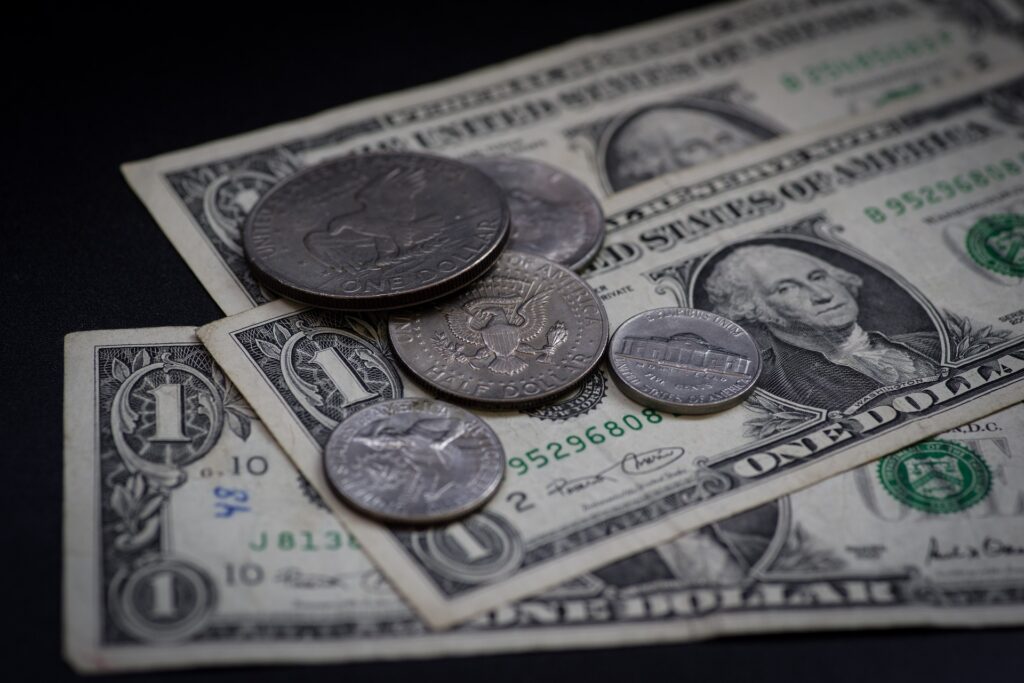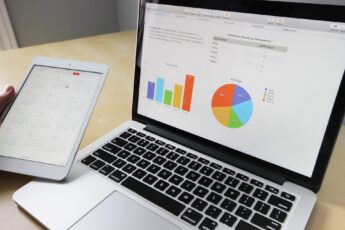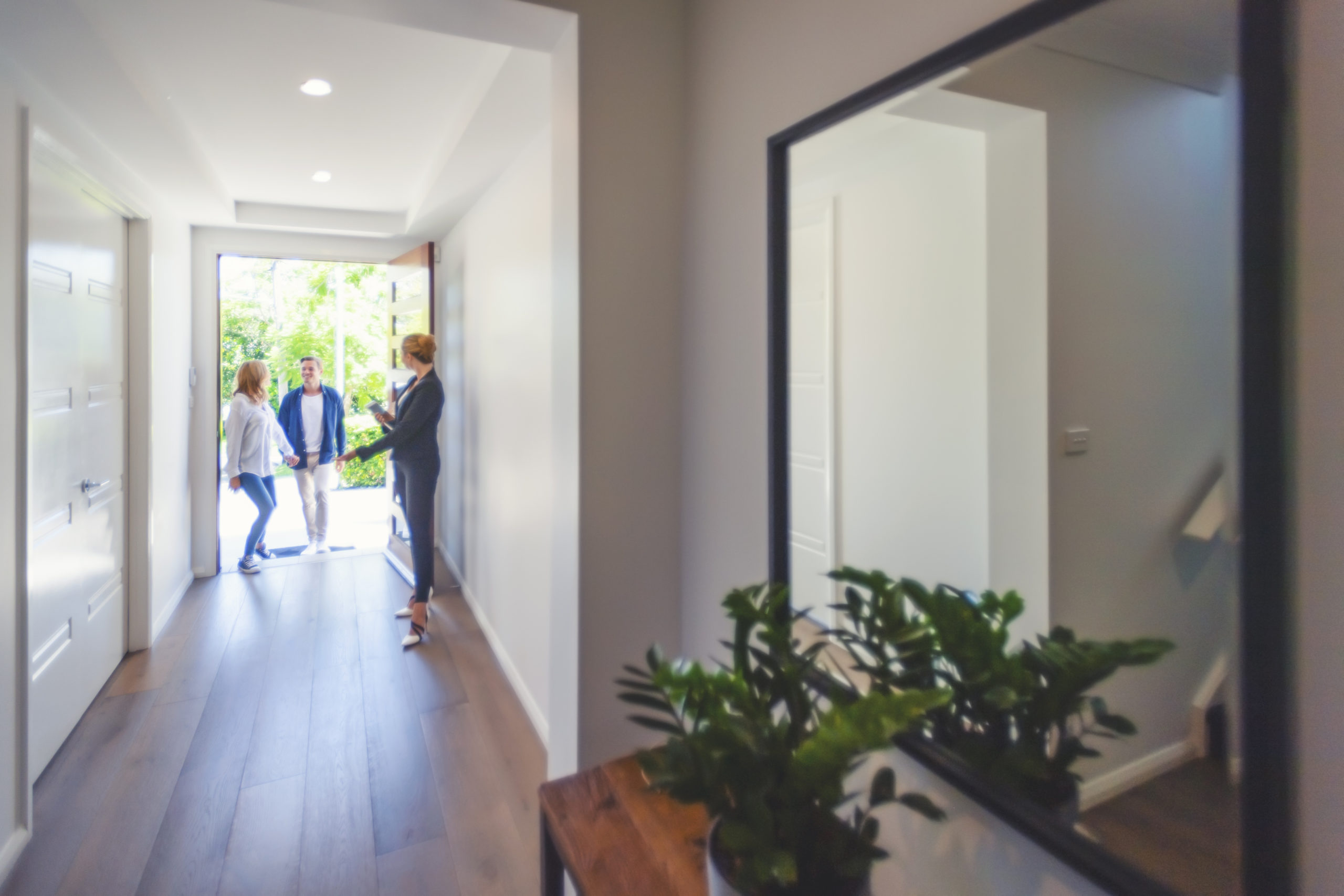The Complete Guide to the NYC Mortgage Recording Tax

As you prepare to make your first property purchase in New York City, the excitement and apprehension are certainly real. Navigating the financial maze of property acquisition can be daunting. You might have an idea about certain costs that you’ll encounter on closing day such as the purchase price, legal fees, and title costs. But suddenly, you’re left puzzled by a surprisingly high title bill. The primary culprit behind this inflated cost is likely the mortgage recording tax.
What is the mortgage recording tax in NYC and who pays for it?
The mortgage recording tax is a fee levied by New York State “on the privilege of recording a mortgage on real property located within the state.” Additionally, New York City imposes its own tax, as do other counties.
In NYC, handled by a brokerage like SPiRALNY, the buyer is expected to pay a mortgage recording tax. The tax rate stands at 1.8% if the loan is under $500,000 and 1.925% if it’s $500,000 or more. Buyers of commercial property are taxed at a higher rate of 2.55%.
These rates denote the buyer’s responsibility. Your mortgage lender will also contribute an additional 0.25%. As a small token of relief, NYC takes care of the initial $30!
The tax is applicable solely to real property, such as condos and houses. Since co-ops are considered personal property, they manage to evade the mortgage recording tax. If you’re making the customary 20% down payment, this tax will likely represent your most significant buyer closing cost.
The mortgage recording tax in New York has a storied history, first introduced by the state in 1906. It has since become a substantial source of revenue for both the state and the city. In fact, the tax imposed by NYC alone raked in almost $1 billion in 2014.
New York Mortgage Recording Tax Example
Calculating your mortgage recording tax is a fairly straightforward process. For illustrative purposes, let’s use an example based on the average NYC home value of $1,000,000:
– Purchase Price: $1,000,000
– Down Payment: $200,000 (20% of the purchase price)
– Amount of Mortgage: $800,000 (80% of the purchase price)
– Mortgage Recording Tax: $15,370 (This is calculated as 1.925% of the mortgage amount, less $30)
If you’re making the typical 20% down payment, it might be easier to visualize the mortgage recording tax as just over 1.5% of the total purchase price.
Please remember, this example applies to a loan amount exceeding $500,000. For loan amounts below $500,000, the tax rate drops to 1.8%.
How To Avoid Paying The Mortgage Recording Tax
Thankfully, there are several strategies to mitigate the impact of this mortgage tax
1. Buy A Co-op
Remember that the mortgage recording tax is charged for the “privilege” of recording a mortgage on real property. This distinction becomes particularly important when you consider purchasing a co-op. Why? Because when you buy a co-op, you’re acquiring personal property, not real property.
To break this down, real property means that you own a specific piece of real estate. For a house, it’s simple – you’re buying the house itself. Even with a condo, you own that individual unit – that specific space – within the larger building. For co-ops, however, you’re buying shares in the building and obtaining the proprietary lease to inhabit a particular unit. Both shares and leases are considered personal property, not real property, hence there is no mortgage recording tax.
So, purchasing a co-op is the most straightforward and efficient way to avoid the entire tax.
While there are currently no plans to close this “loophole”, a 2015 analysis by New York’s Independent Budget Office projected that doing so could raise nearly $150 million annually.

2. Use a CEMA
A “Consolidation, Extension, or Modification Agreement” (CEMA) is another, albeit more complex, option. Essentially, a CEMA involves taking over the existing owner’s mortgage. As no new mortgage is recorded with the city or state, no new mortgage recording tax is charged.
There are, however, several requirements for a CEMA to be viable:
– An outstanding mortgage on the property must exist
– The mortgage must be large enough to make a CEMA worthwhile
– The seller must agree to cooperate
– Both the seller’s bank and your bank must also cooperate
To offset the costs, it’s generally recommended that the seller should have a loan balance of at least $300,000. Between attorneys and banks, you could be looking at a few thousand dollars of expenses and a few weeks’ delay.
It’s advisable to discuss a CEMA with the seller as early as possible. Ideally, you would simply include it with your offer, as this avoids subsequent rounds of negotiation. While a CEMA does reduce the seller’s New York State transfer taxes, this saving is typically not enough, and sellers often want to split the mortgage recording tax savings with you. That is, unless you include it with your initial offer, so the savings are reflected in the price.
A CEMA is highly unlikely to eliminate the mortgage recording tax entirely. After years of monthly payments and generally rising property prices, you will probably need a loan larger than what the seller can provide.
How Is The Mortgage Recording Tax Filed?
The New York City Register Office is responsible for the collection of the mortgage recording tax in Manhattan, Brooklyn, Queens, and the Bronx, while the Richmond County Clerk handles the collection for Staten Island.
All property documentation for Manhattan, Brooklyn, Queens, and the Bronx are recorded online via ACRIS, NYC’s comprehensive online database for public property records. However, documents for properties in Staten Island must be physically recorded in person at the Richmond County Clerk’s Office.
In order to officially record your mortgage, Form MT-15, also known as the Mortgage Recording Tax Return, needs to be correctly filled out and filed.
Does The Mortgage Recording Tax Apply To Other Types of Mortgages?
Refinances – While you shouldn’t have to pay the mortgage recording tax when refinancing, it’s not a guarantee. If you’re using a new lender, there’s a possibility you could end up having to pay if the transaction isn’t handled correctly. It’s critical to discuss this issue with your lender(s) to understand your specific transaction and minimize the chance of triggering an additional payment.
Home Equity Line of Credit (HELOC) – Contrarily, the mortgage recording tax does apply to HELOCs. What’s more, it applies to the full amount of the credit line available, not just the amount you actually draw on the line. For instance, if you open a $200,000 HELOC on your condo but never utilize it, you’ll still be responsible for a mortgage recording tax of nearly $4,000.

Is The New York Mortgage Recording Tax Deductible?
The mortgage recording tax, while not deductible in the same manner as real estate property taxes on a primary residence or investment property, does play a role in increasing your cost basis for the property. When it comes time to sell, this increase can help shield an equivalent amount of capital gains, consequently reducing your tax liabilities at that point.
Disclaimer: The information provided in this post should not be used as tax advice. For all tax-related queries or concerns, please consult a qualified accountant who can provide guidance tailored to your unique situation. SPiRALNY is here to help navigate the complexities of the luxury real estate market, but we do not offer tax consultation services.










